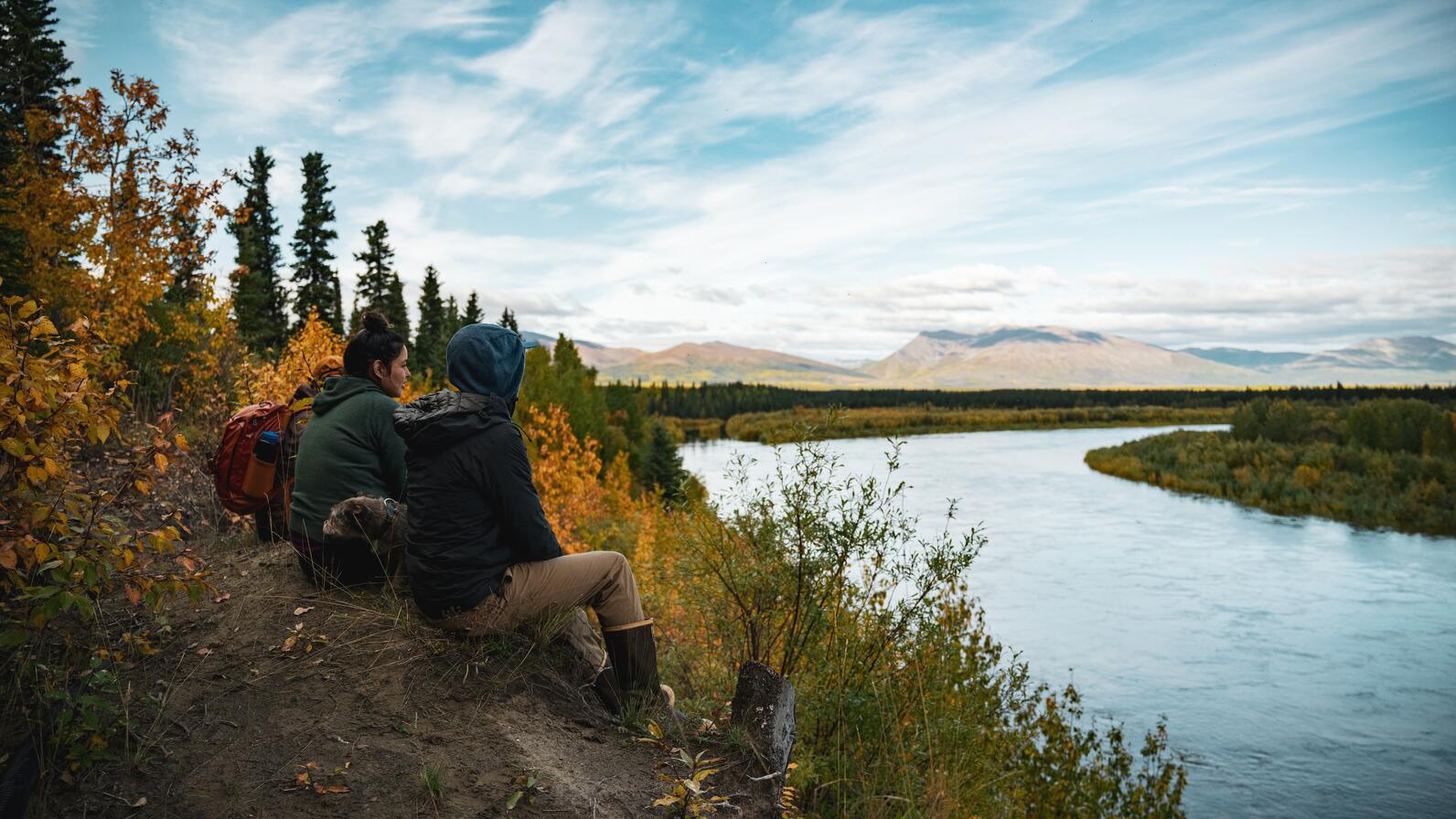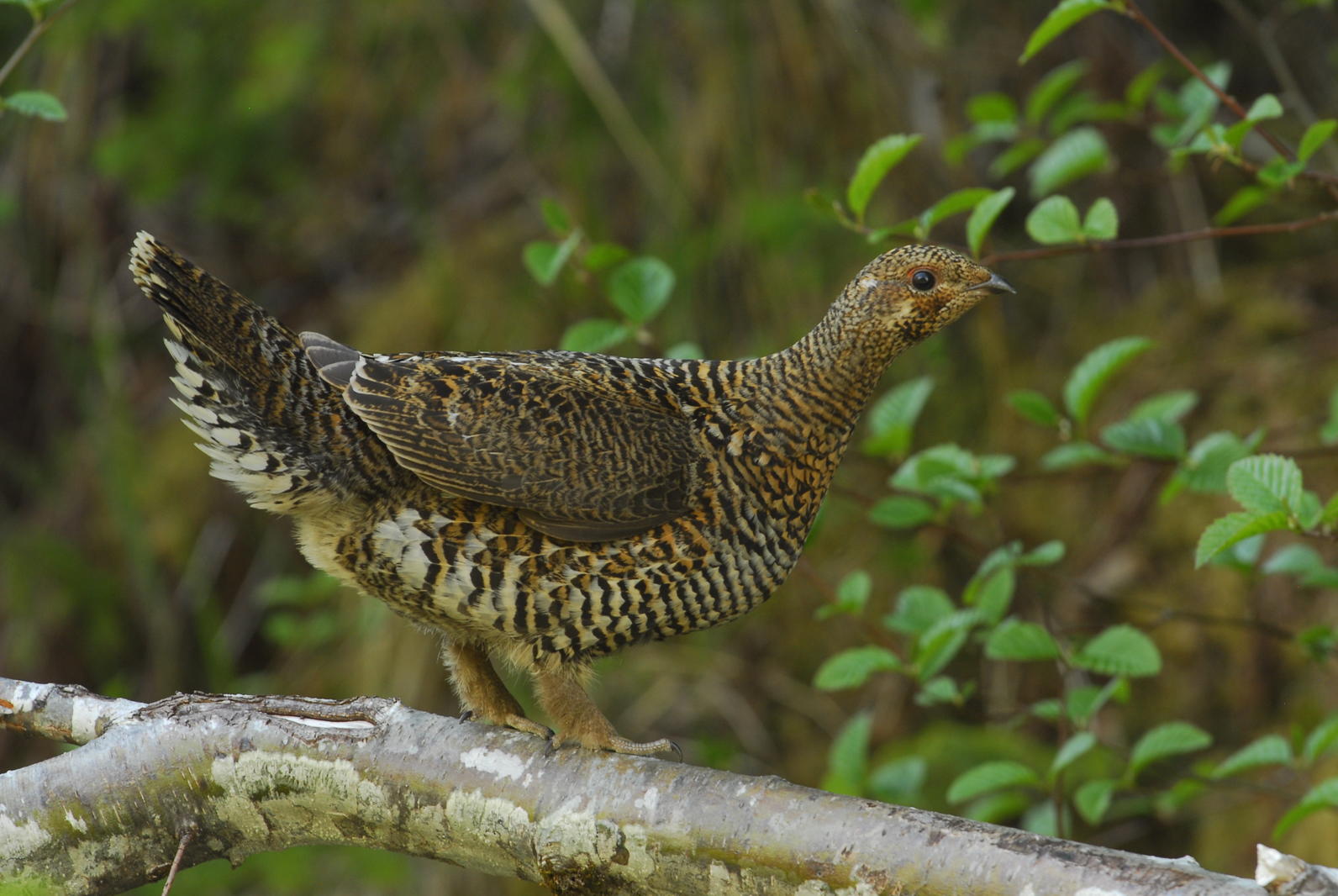A lot is happening on Alaska’s federal public lands. Here’s where we’ve been and where we’re going in 2024 with D-1 Lands, the proposed Ambler Road, Izembek National Wildlife Refuge, and the Tongass National Forest.
D-1 Lands
The Bureau of Land Management is currently considering the management direction of 28 million acres of federal public lands. Known as D-1 lands, Audubon is engaging in this important public process to ensure that irreplaceable habitats for fish, wildlife, and birds are not repurposed for extractive industrial development. During the 60-day comment period from December 15, 2023, to February 14, 2024, Audubon generated 32,158 comments urging the Bureau of Land Management to keep Alaska’s D-1 protected lands intact.

Ambler Road
The proposed Ambler Access Project would be a 211-mile, 415-foot-wide private, industrial road connecting Dalton Highway to multiple planned open-pit copper mines in the Brooks Range. On October 13, the U.S. Department of the Interior released a new Supplemental Environmental Impact Statement (SEIS) examining the effects of the proposed Ambler Road on Indigenous communities, clean water, and wildlife in North America’s largest protected and roadless region. Audubon Alaska is engaged in the litigation and campaign to stop Ambler Road’s approval and working with three Tribal governments on the ecological and cultural importance of migratory birds that utilize the region. During the 60-day comment period from October 20 to December 19, 2023, Audubon generated 34,990 comments urging the Bureau of Land Management to prevent the construction of Ambler Road by choosing the No Action Alternative in its Supplemental Environmental Impact Statement.

Izembek National Wildlife Refuge
Last spring, the U.S. Fish and Wildlife Service completed a scoping period for a new Supplemental Environmental Impact Statement SEIS) for transportation alternatives through the Izembek National Wildlife Refuge. As this environmental review process continues to move forward over the coming year, Audubon remains committed to ensuring that Izembek’s designated Wilderness and globally recognized habitats are protected.

Arctic Refuge
The Department of the Interior announced on September 6, 2023, that it was canceling the illegal Trump-issued oil and gas leases on the Coastal Plain of the 19.6 million-acre Arctic Refuge. That same day, the Department also initiated the next steps in the much-needed process of reassessing the environmental impacts of the Refuge’s Trump-era oil and gas leasing program. The Biden administration did this by issuing a draft Supplemental Environmental Impact Statement (SEIS) that better recognizes the conservation needs and cultural distinction of the Refuge. This prompted a 60-day public process, during which Audubon generated 26,408 comments calling for the government’s environmental review to comprehensively analyze culturally irreplaceable resources such as the Porcupine Caribou Herd. The ask also insisted that the analysis include the best available climate change science, and complete information on Indigenous ways of life.

Western Arctic
The Biden administration had a third September 6 announcement that addressed the 23-million-acre NPR–A and its Special Areas—areas of the Western Arctic with significant subsistence, recreational, fish and wildlife, or historical or scenic value. The Bureau of Land Management initiated a new conservation rule that would strengthen protections for the 13 million acres of designated Special Areas and establish a process for creating additional Special Areas within the region, prompting a 90-day comment period. During that public process, Audubon generated 19,675 comments urging the agency to ensure the strongest protections possible for the invaluable Utukok River Uplands, Kasegaluk Lagoon, Colville River, Peard Bay, and Teshekpuk Lake. Now Audubon’s efforts are focused on delivering a final administrative rule that defines “maximum protection” for the Special Areas and seeks to develop new ways to better manage and steward places of importance within the region.

Tongass National Forest
The Tongass National Forest—the country’s largest forest carbon sink, holding approximately 20% of all carbon stored in the United States National Forest system—is home to the Tlingit, Haida, and Tsimshian peoples and approximately 350 species of birds. In January 2022 the Biden administration fully restored Roadless Rule protections for more than 9.3 million acres of the Tongass. With the Roadless Rule in place and the completion of Audubon’s Southeast Alaska Birding Trail mobile application, our work over the coming year will focus on fostering sustainable economic development.




